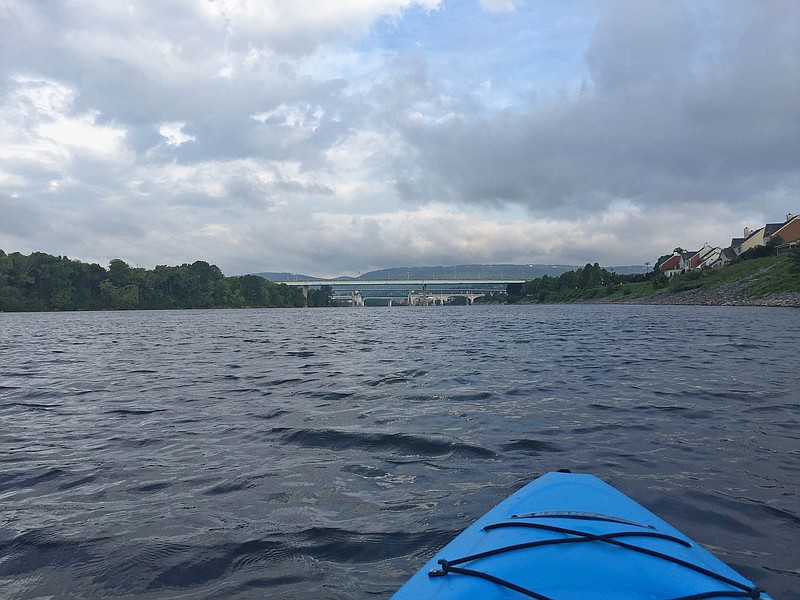One of the most paramount practices the Boy Scouts of America follow on their outings is Leave No Trace. Ensuring all fires are put out and the ashes scattered, avoiding wildlife and leaving everything where you found it are just some of the ways to minimize your impact on a trip.
But what about when out paddling?
When you're paddling, there are no tree roots to trip over and no raccoons to disturb. However, doing your best to leave the waters you're paddling on as still and clean as when you arrived will go a long way to preserving the natural beauty of the rivers and lakes paddlers call home.
Whatever goes in, has to come out.
Tossing trash into the water is clearly an awful thing to do, but what about things less obvious, like bringing too much bait on a fishing trip? The answer is simple: If you can't get it back out of the water, it shouldn't go in. This applies when nature calls, too. Head at least 200 feet from a water source, and dig a hole 6-8 inches deep to act as a latrine if you've got some major unloading to do. Plan ahead and minimize the amount of trash you'll need to carry back out.
Play garbage man.
This is another simple one, but often goes unheeded. Not only are you responsible for your own garbage, as outdoor enthusiasts, we'd argue that if you see anything that doesn't belong on the water, you've got a duty to the health of the lake or river to pick it up. Taking a dry bag specifically for trash and refuse that you find makes it easy. A garbage bag will do in a pinch, but capsize and you risk all that trash flowing back into the water.
Leave it where it is.
Leave No Trace is all about minimizing the effects that humans have on the environment, which means not removing anything from where you are. If you're fishing while paddling, consider practicing catch and release. Leaving it be also applies to feeding wildlife.
If you're overnight paddling, find - don't make - a campsite. Choose a level spot away from the water for your tent. A cushiony spot with thick grass might look ideal, but the less you can disturb, the better. Opt for surfaces like rock, gravel or dry grass.
